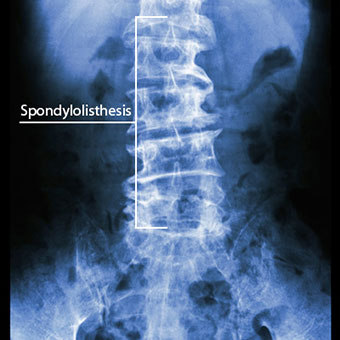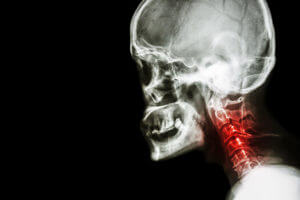Syrinx Treatment – A Common Procedure For Patients With Syrinx

Syrinx is the medical term for a rare type of spinal cord disease. A small fluid-filled sac is formed by nerve roots that branch off from the brainstem to the spinal cord or even spinal column. The formation of a sac is called as a syrinx.
Syrinx development occurs when spinal fluid, normally flowing around your head and neck, gathers in the spinal canal and forms a sac-like structure (syrinx), which eventually forms a sac-like mass (symmemma). Symmemma is the growth of a sac-like mass in the spinal canal.
When the sacs or sac-like masses become big, the cord becomes affected, leading to paralysis of the spinal column. It results in the body's inability to take in sufficient nutrients to maintain healthy body functions.
This type of spinal disorder can be diagnosed with several diagnostic tests such as MRI, lumbar puncture, or cerebrospinal fluid examinations. The most common diagnostic method is a lumbar puncture, in which cerebrospinal fluid from the spinal canal is taken with a needle into the spinal canal.
Symptoms are similar to other forms of paralysis, such as those caused by tumors, meningitis, and osteoporosis. The main symptom of syrinx is lack of motor control and weakness in the affected parts of the body.
You may experience pain or stiffness in your lower back or lower abdomen, legs or feet, arms or legs, or numbness in your hands and fingers. You may also feel tightness or fullness in your chest, throat, or even chest.
There are many treatment options for syrinx. You can choose from different medicines, which may differ depending on the type of disease.
Surgery may be your only option. This is sometimes seen as a last resort and only after all other treatments have been tried.

Surgery can be done in various ways such as open approach
The most common types of surgical methods are Laminectomy or Hysterectomy, Hysterotomy, Hypertension or Hypertrophic surgery, and hypnosis.
Another surgical technique is Laparoscopic Technique, which involves the insertion of small cameras into the spinal canal. Laparoscopic technique is the most effective option when there is obstruction or damage to the spinal cord. In this procedure, an instrument is placed inside the spinal canal and the camera is attached to a video camera at the end of the camera tube. which sends images to a computer that allows the surgeon to see inside of the body.
Laparoscopic technique helps to avoid surgery for people who are having problems with mobility and for several reasons. It can help them to stand and walk on their own after their treatment has been completed.
If you want to recover from this type of spinal disease quickly, it is best to undergo the laparoscopic technique. Laparoscopic technique can also save you from undergoing surgery if the surgery is not necessary. Laparoscopic Technique usually costs a lot more than the conventional surgeries.
With the laparoscopic technique, you will be able to do everything yourself, including exercises and stretches. Though there is no need for medication after the surgery. As long as you follow the instructions of the surgeon, you can regain full function and mobility without much trouble.
In order to minimize complications of the treatment process, it is important that you do your best during the recovery process. Make sure you go home after your surgery and you follow the post-operative instructions.
After the operation, you should stay off your feet and use your hands to support the lower portion of your body for few days. After that, you should use your upper body to move about.
In order to prevent complications, consult your doctor about medical advice. Do not ignore the symptoms because they could indicate something serious. Also, your physician can provide you information on what to expect in the future.
Syrinx Treatment is not easy for all. However, if your symptoms are lessening or even disappearing, you are on your way to a better life.

